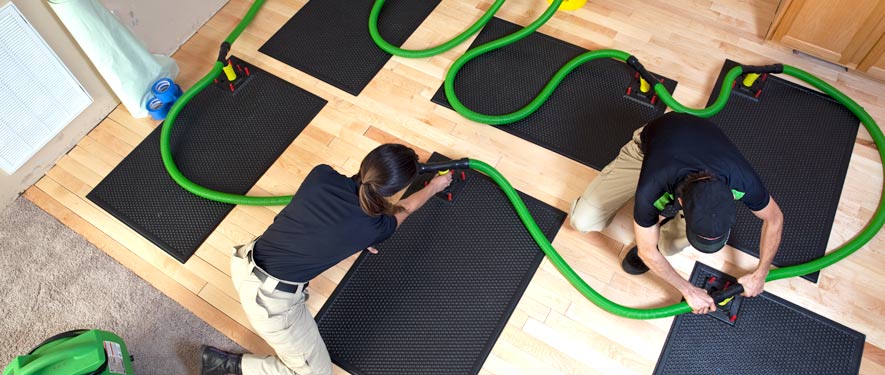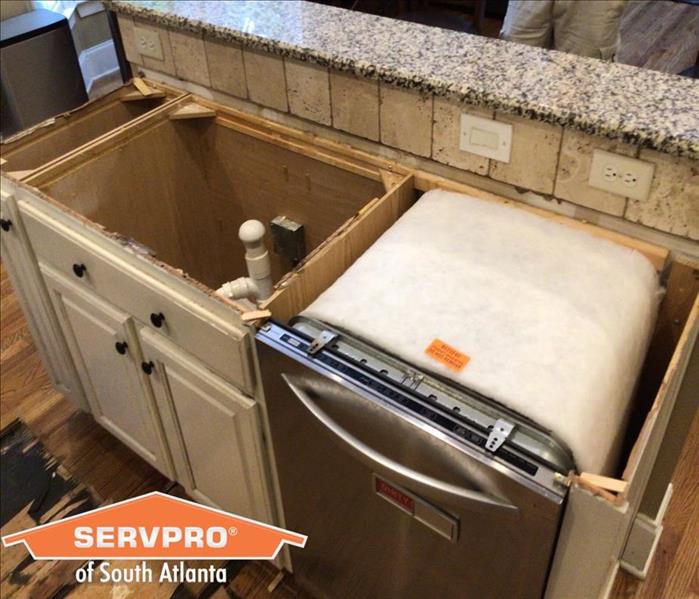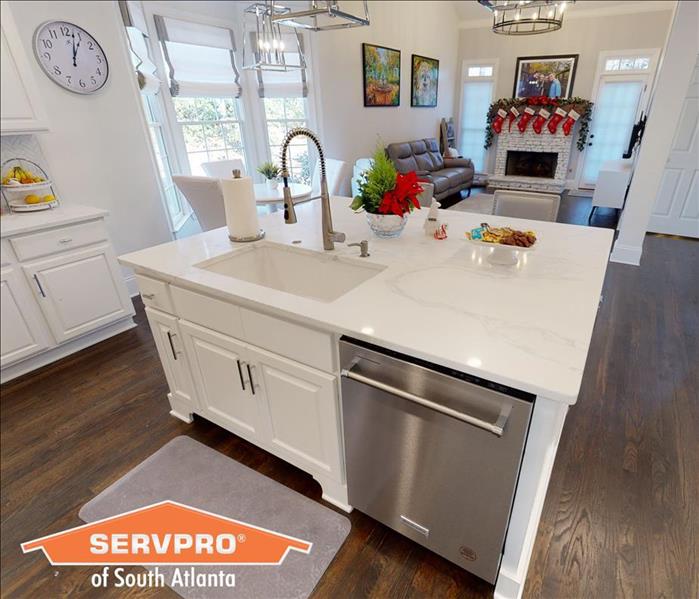
Step 4: Drying and Dehumidification
Our Water Damage Restoration Process
Drying and Dehumidification
After the water has been removed, the next step is drying and dehumidification. This is the process of removing the remaining moisture from your property. We use industrial-grade dehumidifiers and high-speed air movers to accelerate the evaporation of moisture.
Why Drying is Important
Even after the excess water has been removed, your property may still be wet. This is because most building materials, like wood, drywall, and flooring materials, are porous and therefore retain water. If the moisture is not removed, it can cause the materials to break down, warp, or cause mold damage. Mold can be a serious home hazard, so it is important to dry your property as quickly as possible.
How We Dry Your Property
Our drying and dehumidification process typically involves the following steps:
- We will use moisture meters to measure the moisture levels in your property.
- We will use industrial-grade dehumidifiers to remove the moisture from the air.
- We will use high-speed air movers to create airflow across the affected areas, which will help to evaporate the moisture.
- We will monitor the drying process closely and make adjustments as needed.
Drying / Dehumidification
Our Professionals will use room measurements, temperature, and relative humidity to determine the optimal number of air movers and dehumidifiers to dry your home or business. We’ll carefully monitor the progress using moisture meters until the materials return to acceptable drying goals.
- Use Dehumidification Equipment
- Use Monitoring Equipment to Track Progress
Monitor Floor and Walls
We check the moisture levels to monitor the drying process.
- Monitor Floors
- Monitor Walls
Drying Equipment
- Industrial-grade dehumidifiers help prevent secondary water damage like swelling and warping of floors, walls, and furniture.
- High-speed air movers create airflow across walls, carpets, pads, and furniture, which accelerates the evaporation of moisture.






 24/7 Emergency Service
24/7 Emergency Service




